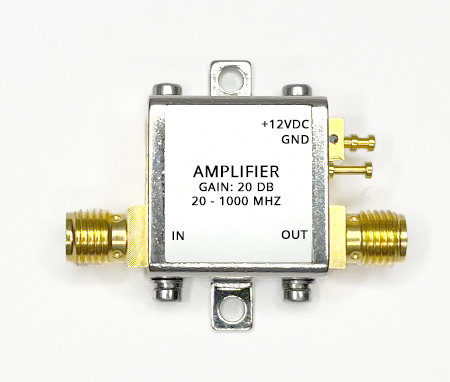EMC Question of the Week: January 17, 2022

The signal received by an antenna passes through an amplifier that increases its voltage by 20 dB, it then experiences 3 dB of power loss as it travels through a cable connected to the input of an EMI test receiver. If everything is matched, what is the voltage at the input to the test receiver compared to the voltage received by the antenna?
- 23 dB higher
- 17 dB higher
- 14 dB higher
- lower
Answer
The best answer is “b.” 20 dB - 3 dB = 17 dB. One of the reasons engineers like to use decibels to describe signal gain and attenuation is that, in a matched system, it doesn't matter whether we're referring to the signal's power or voltage. 20 dB of voltage gain is the same as 20 dB of power gain. And 3 dB of power attenuation is the same as 3 dB of voltage attenuation.
On the other hand, if we say a signal "doubled", or was "reduced by 30%," we need to be clear whether we are defining the signal in terms of its voltage or in terms of its power.
When using decibels to describe gain or loss across different impedances, we have to specify whether we mean the voltage or the power. For example, if gain is defined as the ratio of a signal output to a signal input, then an amplifier with a high-impedance input driving a low-impedance load has different voltage and power gains. For that reason, it's more common to refer to the "insertion gain." The insertion gain is the ratio of the signal at the load with the amplifier to the signal at the load without the amplifier. Since the load impedance is the same in both cases, the insertion gain can be expressed in decibels without ambiguity.
Have a comment or question regarding this solution? We'd like to hear from you. Email us at
